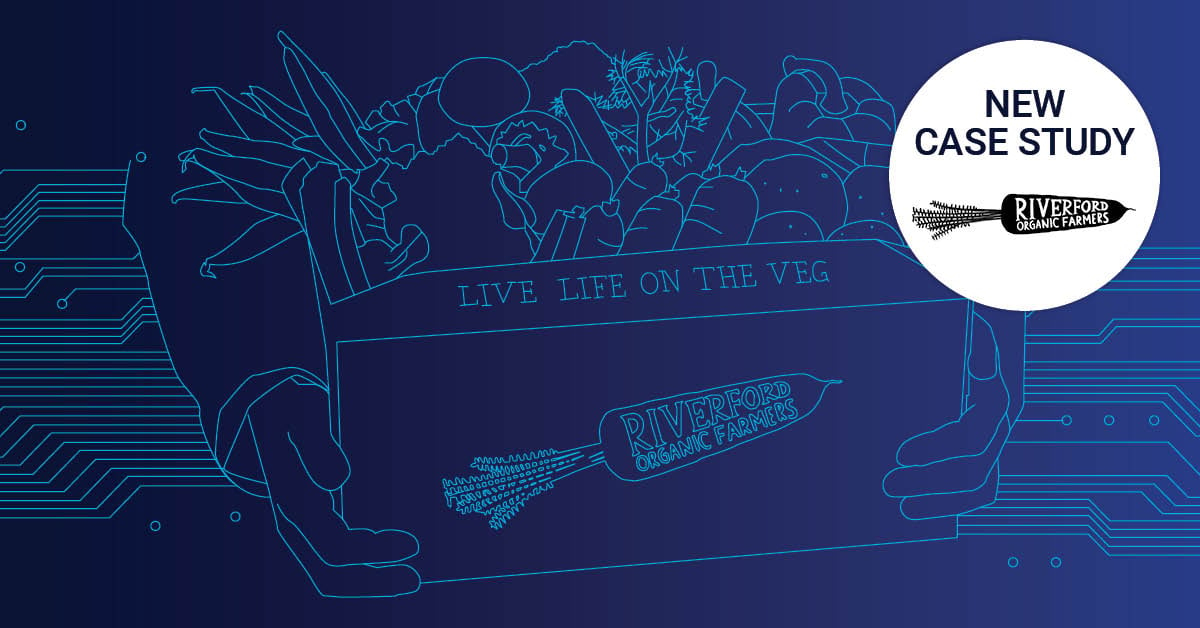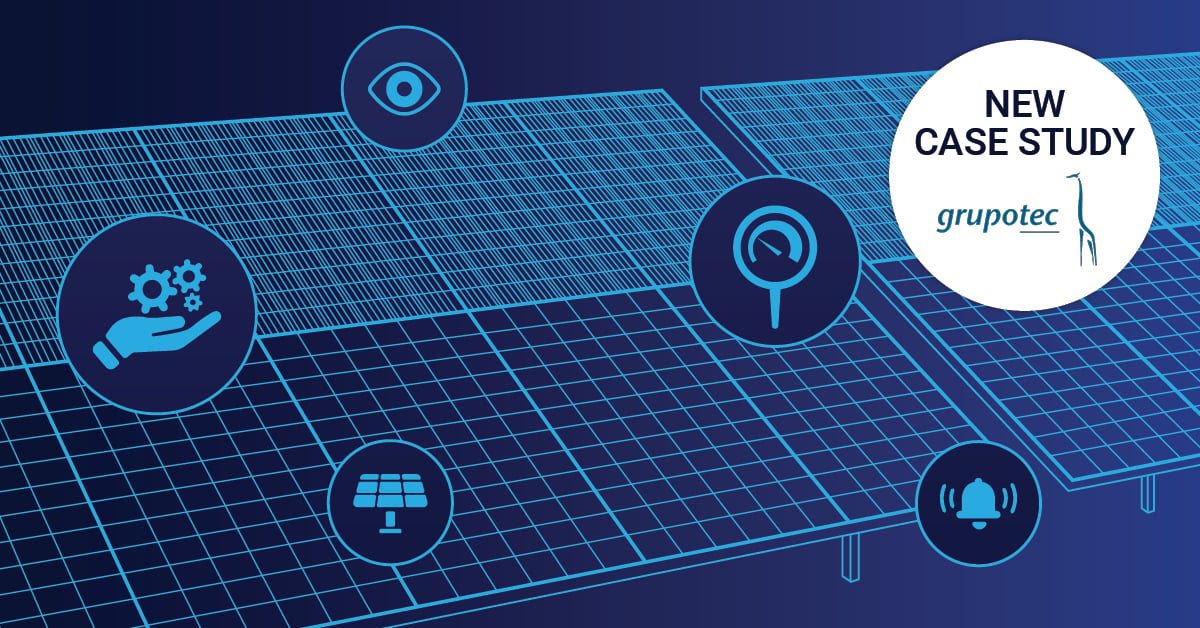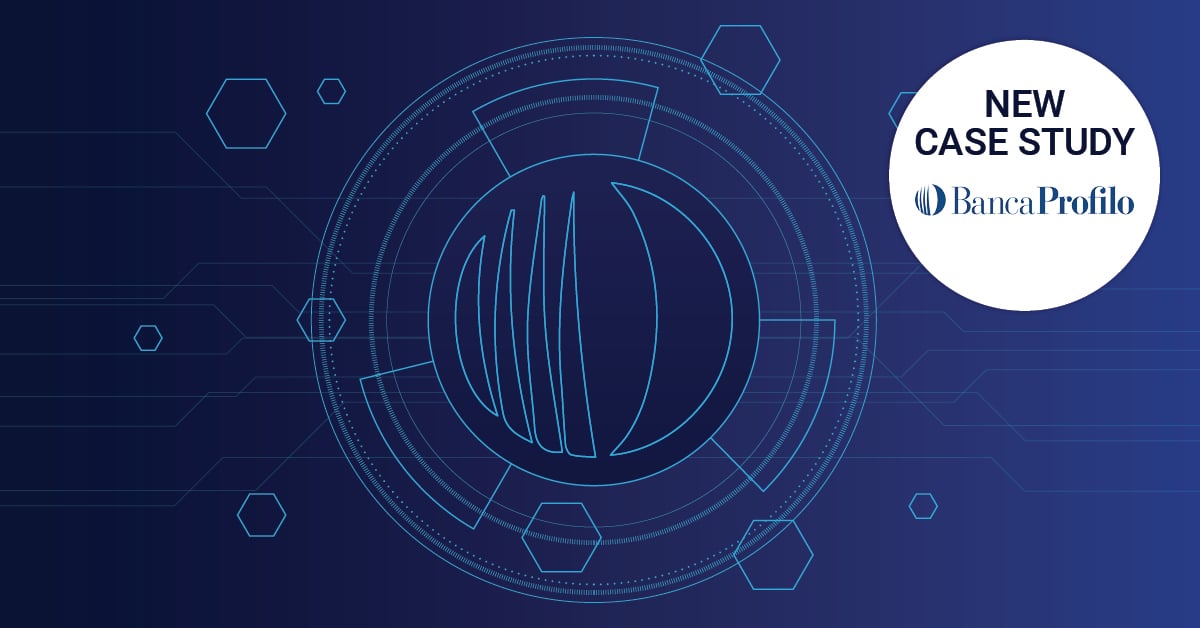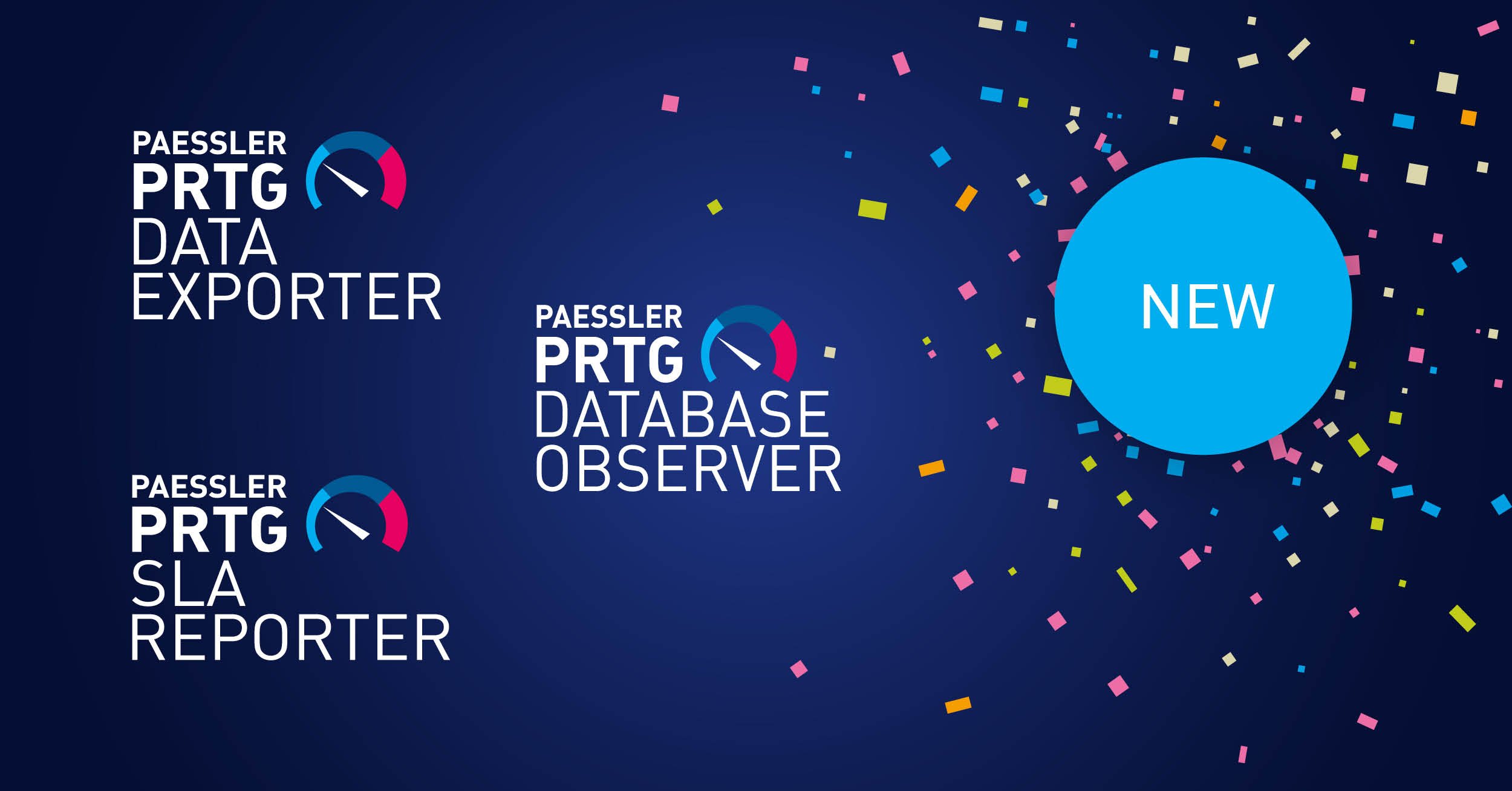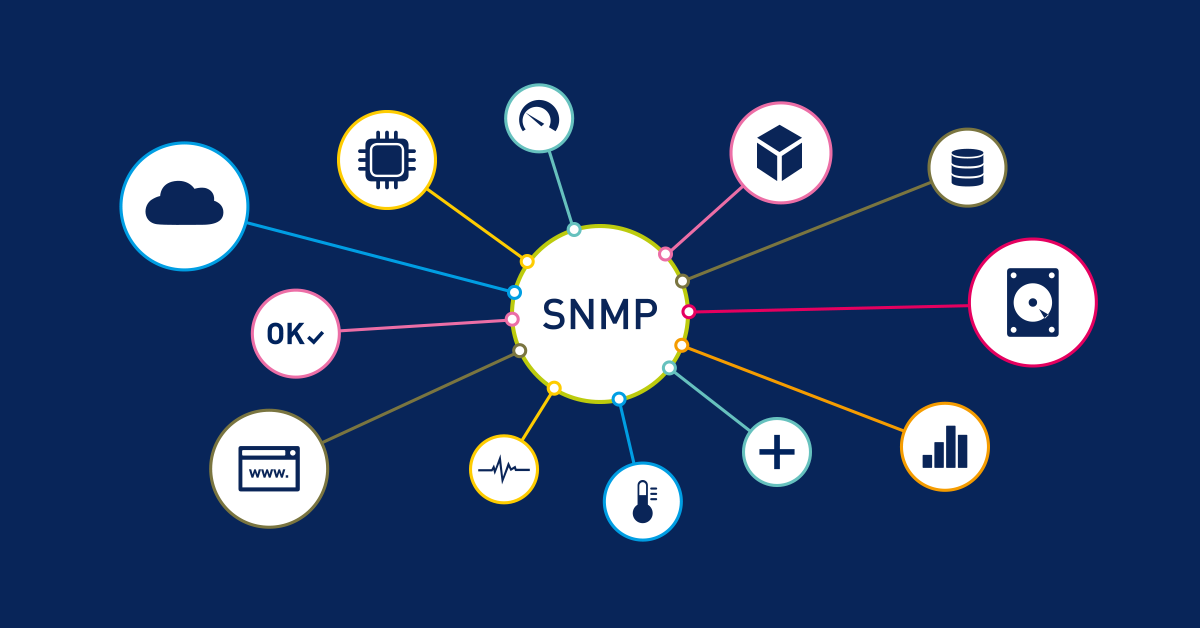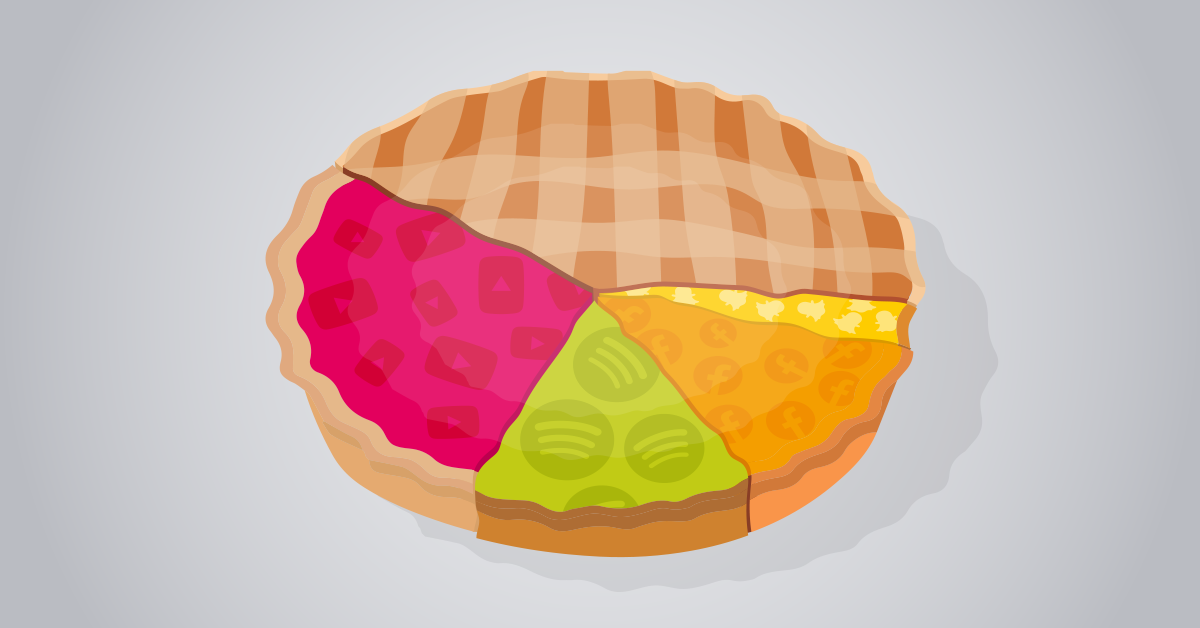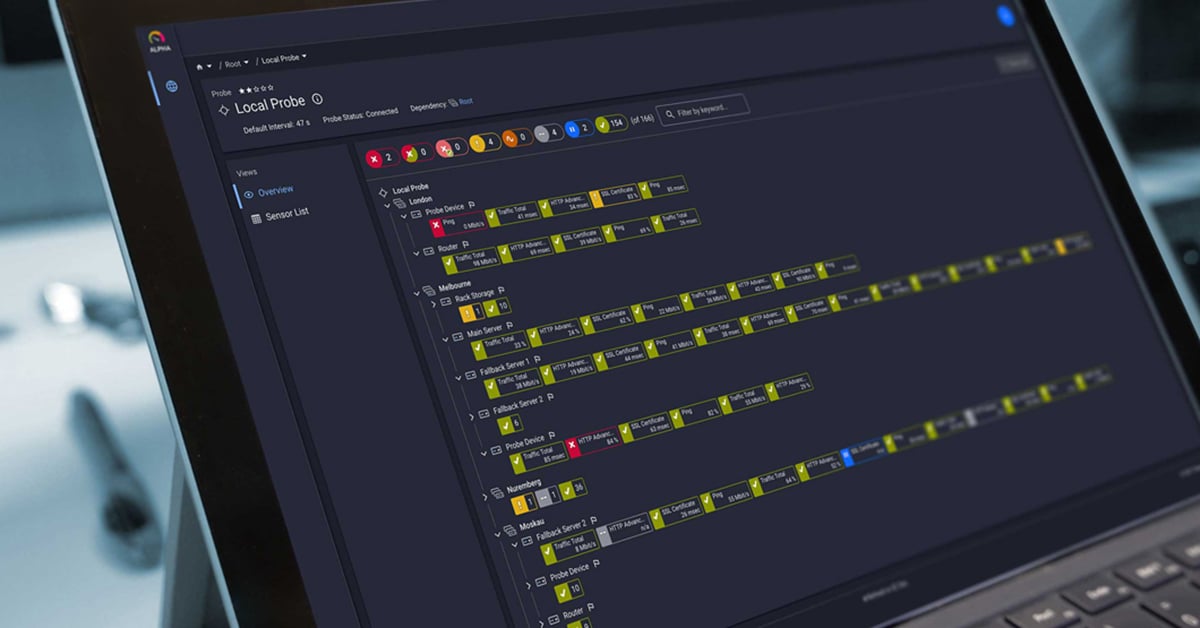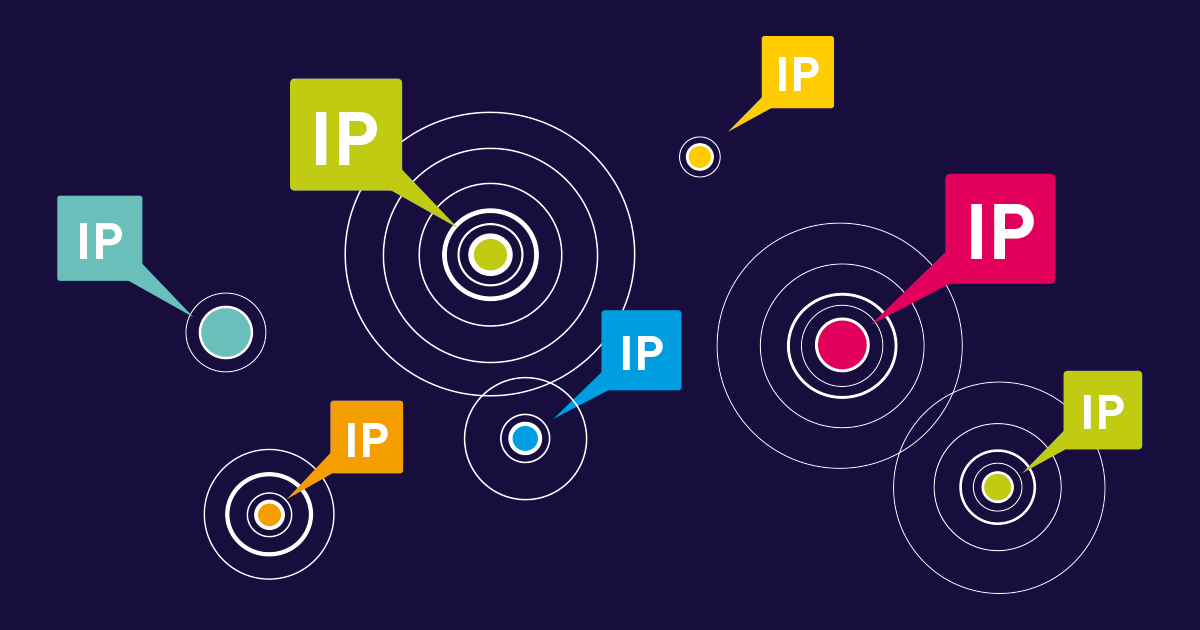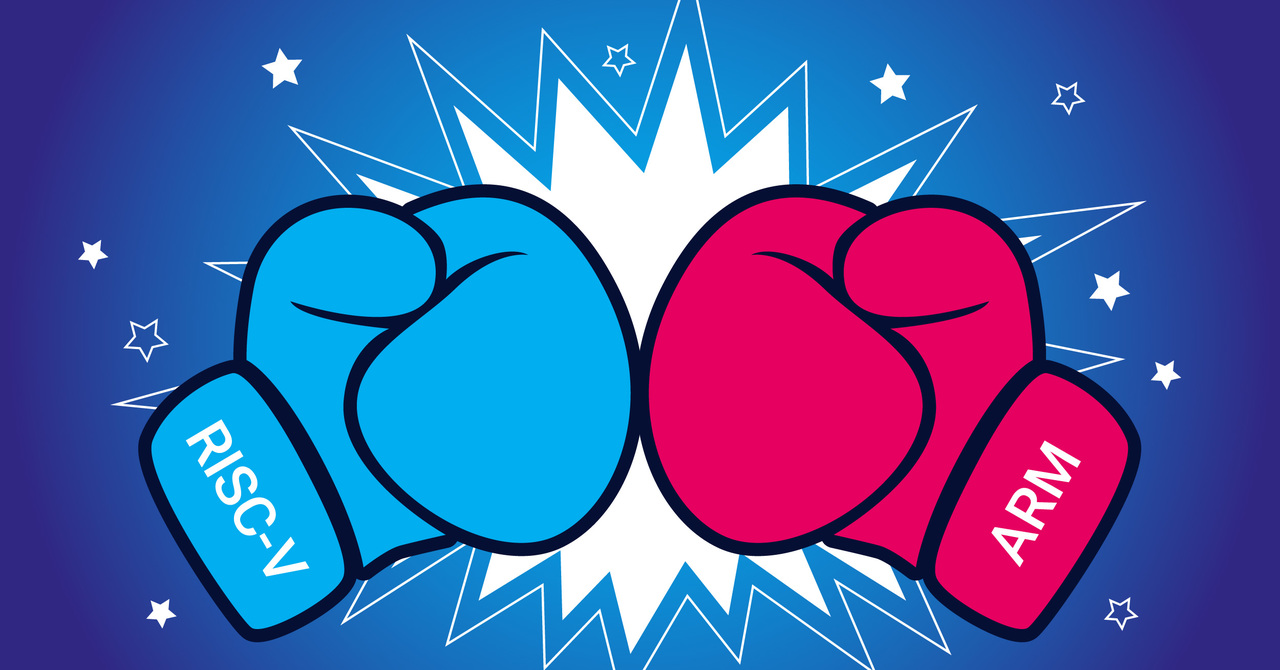Making the decision between Mioty vs LoRa will have a major impact on your IoT deployments. In addition to differences in the sub-GHz frequency bands these LPWAN technologies use to communicate with IoT devices and gateways, key considerations such as energy consumption, communication range and scalability, data transmission capabilities, and real-time monitoring all play a major role in the success of your deployments. Choosing the right wireless protocol is critical, affecting not only battery life but also network robustness, speed, and the ability to connect numerous devices over a defined geographical area.
LoRa, Sigfox, MIOTY, and NB IoT (or LTE-M) are the leading LPWAN technologies for machine-to-machine connectivity to connect battery-powered IoT devices such as sensors and actuators to the internet with as little power consumption as possible and over long distances to enable data transfer and uplink/downlink communication. LPWAN technologies like Mioty and LoRa offer efficient, low-power IoT connectivity for machine-to-machine applications for numerous IoT use cases across industries.
There is a growing need to connect IoT devices with minimal energy consumption in:
- Industrial processes (IIoT)
- Fully connected buildings (building state monitoring)
- Smart City initiatives
- Smart Agriculture implementations
- Environmental monitoring systems
This comprehensive LPWAN comparison will review and analyze these two leading LPWAN technologies in terms of communication range, energy consumption and efficiency, scalability and number of connected devices, data transmission capabilities, and robustness to support the most demanding IoT deployments.LPWA stands for low-power and wide-area. It does not refer to any one specific technology, but rather serves as a generic term for any network designed to communicate wirelessly with lower power than other networks such as cellular, satellite, or WiFi. Moreover, LPWANs communicate over greater distances than other low-power networks that use Bluetooth or NFC, for example. Read more about LPWA
Mioty vs LoRa: Head-to-Head Technology Comparison
Deciding between Mioty vs LoRa can make a huge difference for your IoT project, affecting everything from battery life and network scalability to data rate capabilities and robustness against collisions. In the following sections, we will present you a deep analysis of the two LPWAN technologies Mioty and LoRa, including the latest market data and news, technical information and specifications, as well as real-world use cases.
LoRa: The MATURE LPWAN Technology for Flexible Networks
LoRa is a spread spectrum technology that was purchased in 2012 by chip manufacturer Semtech. The technology is based on proprietary algorithms and a variable data rate scheme that is capable of providing better bandwidth and data rate when compared to other low-power wide area network technologies, but requires Semtech chips to be implemented. Backed by the LoRa Alliance and continuously growing in the European market, LoRaWAN today has become a common sight in the IoT landscape with a multitude of machine-to-machine and IoT applications across industries such as Smart Cities, industrial IoT connectivity and machine-to-machine.
The network infrastructure must be implemented on your own, with dedicated gateways and base stations similar to MIOTY (in contrast to Sigfox). This means that projects with clear, defined geographical perimeters are most suited for LoRa or Mioty, though Mioty is also able to connect more nodes and cover a much larger communication range, which is especially appealing for large-scale IoT use cases. On the other hand, this independence from network standards and infrastructure providers also enables higher control of latency and more flexibility with regards to payload (packets) size handling.
Mioty: Next-Generation Telegram Splitting LPWAN Technology
Mioty is a software solution based on advanced algorithms and a channel encoding scheme developed by the Fraunhofer Institute. The unique Telegram Splitting TS-UNB technology operating in sub-GHz frequency bands enables a communication range that is 10x that of traditional 868-MHz wireless transmitters. Thanks to its efficiency creating minimal self-interference and dramatically reducing collisions with the help of advanced error correction, the system supports up to a million connected devices and transmitters and is also known for its superior energy efficiency.
In contrast to Sigfox or LoRa, which use fixed frequency bands for sending complete packets including a header structure, Mioty splits these into smaller sub-packets. This telegram splitting technology is not only unique to Mioty but also significantly increases robustness, reduces latency, and increases the capacity of the network for IoT use cases that require both uplink and downlink communication to be highly reliable.
The transmitter chips are conventional from well-known manufacturers such as Silabs or Chipcon and set itself apart through its compact design and prolonged battery operation of up to several decades for battery-powered IoT nodes. The receiver modules are usually equipped with a digital signal processor and specific algorithms and also features a flexible design that can be adapted to certain IoT applications as well as narrowband needs.
Mioty vs LoRa: Key Differences in LPWAN Technologies
| Feature | Mioty | LoRa |
|---|---|---|
| Communication Range | Up to 20km (rural), 1.5km (urban) | Up to 15km (rural), 2-5km (urban) |
| Energy Consumption | Ultra-low (up to several decades) | Low (typical 2-10 years) |
| Connected Devices | Up to 1 million nodes / base station | 10,000-50,000 IoT devices / gateway |
| Modulation & Error Correction | Yes (telegram splitting with advanced algorithms) | No (fixed frequency bands) |
| Robustness & Collisions | Superior (TS-UNB technology, minimal collisions) | Good with proper configuration |
| Alliance & Standards | Emerging (Mioty Alliance, Fraunhofer developed) | Mature (LoRa Alliance, established since 2012) |
| IoT Deployments | Moderate complexity (newer LPWAN technology) | Low complexity (established LoRaWAN ecosystem) |
| Data Rate & Payload | Excellent scalability (massive IoT, flexible payload) | Good (proven data transmission capabilities) |
Monitoring Mioty and LoRa Networks with PRTG Sensors
PRTG Network Monitor provides IoT monitoring capabilities for both Mioty and LoRa networks with specific IoT monitoring sensors. The HTTP IoT Push Data Advanced sensor is specifically designed for monitoring Internet of Things devices, including LPWAN technologies such as Mioty and LoRa on different frequency bands. This sensor provides a secured HTTPS endpoint (TLS 1.3) for battery-powered IoT devices to push their data directly to PRTG and monitor the network with minimal latency.
Key PRTG Sensors for LPWAN Monitoring
The sensor is also capable of working with both XML and JSON format data and supports both header customization and automatic token-based authentication. With flexible channel configurations, PRTG also allows you to monitor multiple different parameters of each device at the same time, such as signal strength or power consumption levels. Additional PRTG sensors for LPWAN monitoring include:
- HTTP Push Count Sensor: Counts the messages received from LPWAN devices
- HTTP Push Data Sensor: Allows you to display the numeric values you receive inpush messages
These PRTG sensors support both HTTP and HTTPS connections using TLS 1.3 encryption. In general, PRTG's sensors can be used to monitor:
- IoT connectivity and device availability
- Data transmission rates, uplink/downlink communication, and payload sizes
- Network performance metrics and bandwidth
- Energy efficiency, battery levels and power consumption
- Signal strength, robustness and communication range quality
Additional Narrowband Technologies Overview
Sigfox
Sigfox is a narrowband technology developed by a French company of the same name and is best suited for IoT applications and use cases that have extremely low data rate requirements and stringent energy consumption constraints. Self-contained and efficient in its energy requirements, the battery-powered transmitters operate in sub-GHz frequency bands. Container tracking, Smart Cities such as intelligent trash cans or asset tracking are only a few examples.
The real advantage of Sigfox is that it is a completely standalone network that does not require additional gateways for the connected devices. The infrastructure is currently active and fully operational in 73 countries, thus covering more than 5.7 billion people with machine-to-machine communication.
NB IoT (and LTE-M)
The NB-IoT requirements were established in the beginning of 2016. This narrowband radio technology provides a suitable LTE category for low-bandwidth devices with a focus on improved energy efficiency. It is designed to work on the existing infrastructure of LTE and GSM cellular providers to allow for reliable uplink and downlink communication for IoT devices in a wide range of IoT applications.
LTE-M, which is part of release 13 of the 3GPP standards, is specifically aimed at reducing energy consumption, cutting down on device costs, and providing for extended communication range to cover hard-to-reach areas (deep inside buildings for example). The standard also improves data rate and payload capabilities over NB-IoT while at the same time keeping a good energy efficiency for battery-powered IoT devices.
Mioty vs LoRa: How to Choose the Best LPWAN Technology
Choose Mioty When:
Maximum scalability is needed (million+ connected devices per base station)
Long-range communication is critical (up to 20km)
Ultra-low energy consumption with decades of battery life are required
Robustness against collisions and interference is paramount
You're planning large-scale IoT deployments with various use cases
Advanced error correction and telegram splitting algorithms are needed
Choose LoRa When:
A mature, well established LoRaWAN ecosystem is needed with LoRa Alliance support
Fast IoT deployments are necessary with existing gateways available
Spread spectrum technology is required with extensive vendor support
Medium-scale deployments (under 50K IoT devices) are being planned
Established integration partnerships and standardized frequency bands exist
Traditional modulation is sufficient to meet data transmission needs
Future-Proofing Your LPWAN Investment
Both LPWAN technologies continue to evolve to meet the ever-growing Internet of Things demand and to improve IoT connectivity. The LoRa Alliance recently released LoRa-FHSS (Frequency Hopping Spread Spectrum), which also uses telegram splitting algorithms similar to Mioty. However, it needs 40% more energy than the already less energy efficient LoRa consumes and 6x more energy than Mioty, which in turn dramatically increases the total power consumption of battery-powered nodes.
With its telegram splitting approach to LPWAN and an extremely robust design that can handle a lot more collisions when compared to traditional LoRa, Mioty is perfectly suited for massive IoT use cases requiring ultra-low latency and energy efficiency. With its established ecosystem with an extensive base of gateways and continuous improvements to cover a wider variety of IoT use cases, LoRaWAN is also likely to be a long-term viable LPWAN technology.
Conclusion: Monitor What Matters
No matter which one of these two LPWAN technologies you end up choosing for your IoT deployments, effective network monitoring remains an essential part of any IoT deployment to provide real-time visibility and control of all devices on your network. By proactively identifying problems with data transmission or with uplink/downlink and payload delivery before they become an issue, you can maximize the return of investment of your IoT deployments, machine-to-machine communication infrastructure, and LPWAN network.
Whether you need specialized sensors for IoT connectivity monitoring, energy consumption tracking, performance analysis and latency, or even with all the capabilities combined to give you the most granular view possible, PRTG's line of IoT sensors will make sure you can manage even complex LPWAN deployments successfully across various frequency bands and communication protocols.
Download PRTG free today and start monitoring what matters for Mioty and LoRa networks.
 Published by
Published by 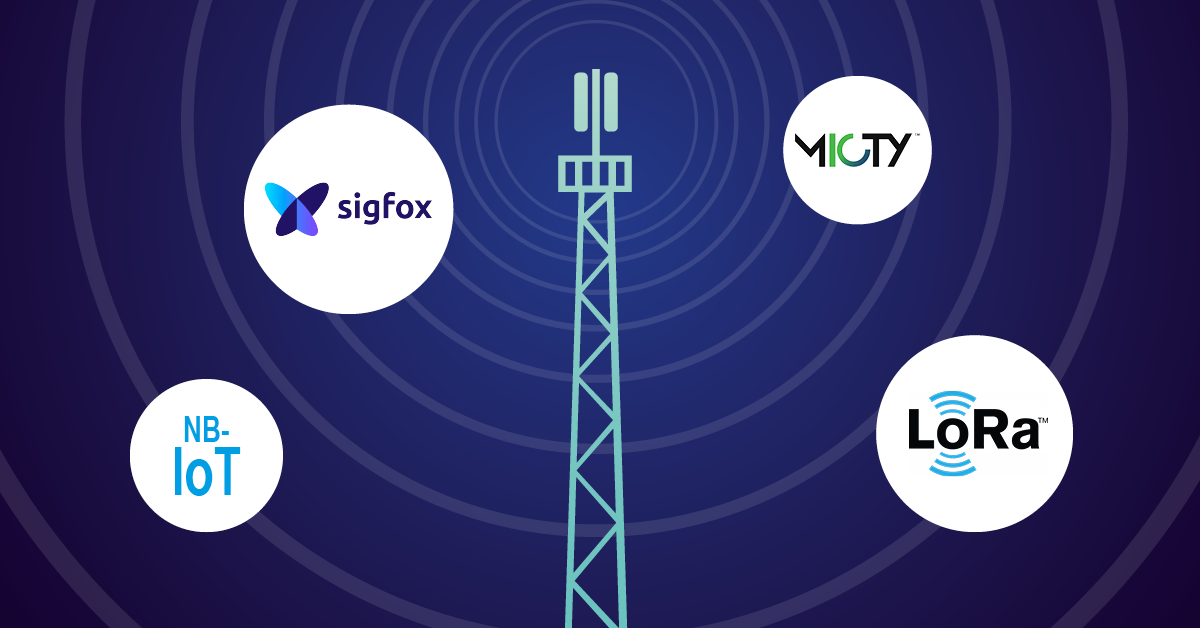


.jpg)
